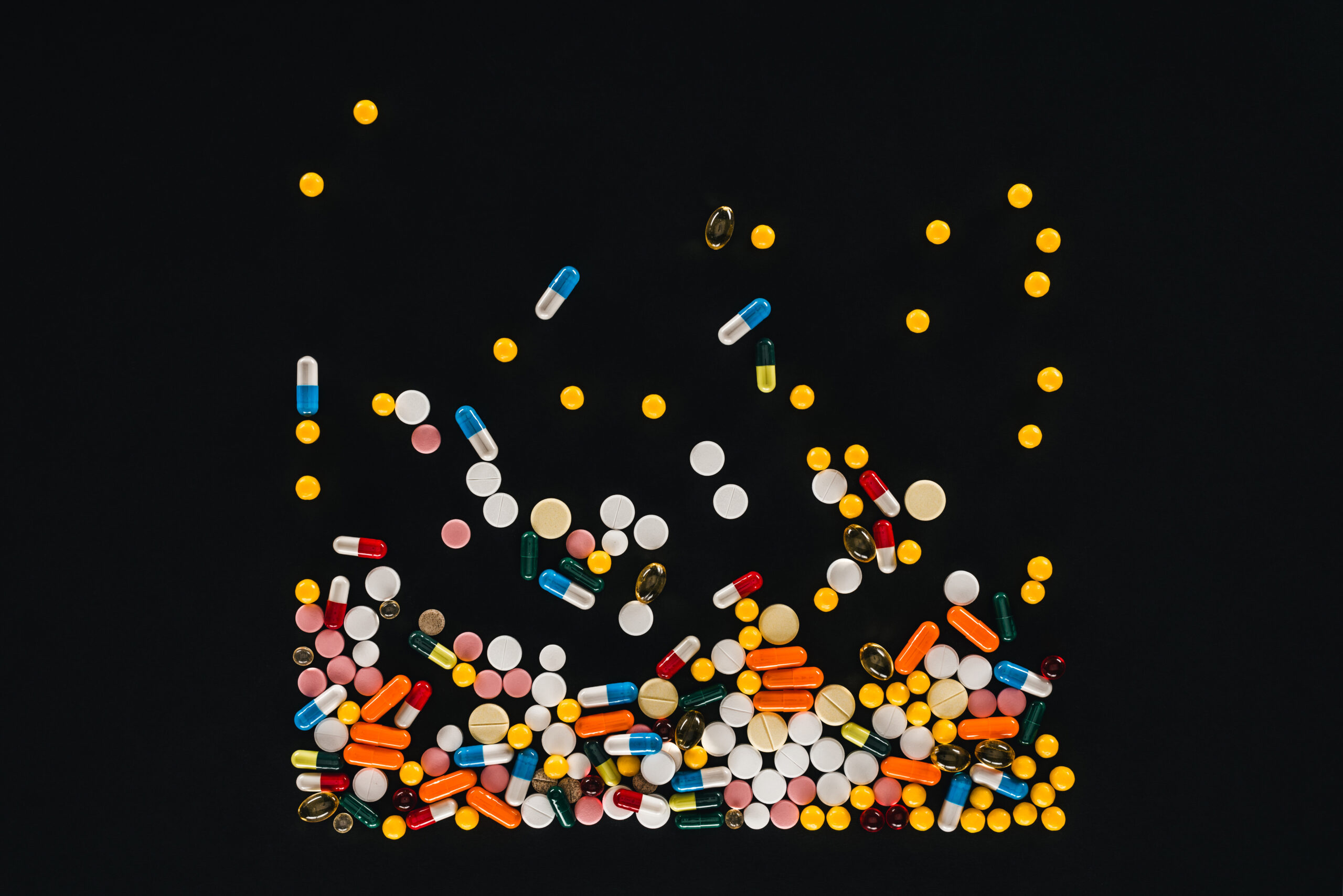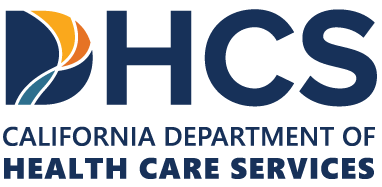Poppers are a category of recreational inhalants that are widely used and associated with potentially severe health implications.
This page examines the pharmacological properties, usage patterns, physiological effects, and risks of these volatile substances. You will also discover how to connect with effective, evidence-based treatment for any kind of substance abuse.
Chemical Composition and Mechanisms
Poppers consist primarily of alkyl nitrites, a class of chemical compounds that includes amyl nitrite, butyl nitrite, and isobutyl nitrite. These volatile liquids produce vapors that people inhale for their psychoactive effects. The name poppers originated from the distinctive popping sound made when breaking the glass ampules used to contain amyl nitrite for medical purposes.
When inhaled, alkyl nitrites rapidly enter the bloodstream through the lungs. These compounds function as vasodilators, causing smooth muscle relaxation throughout the cardiovascular system. The immediate physiological response includes decreased blood pressure, increased heart rate, and enhanced blood flow to various organs.
The euphoric effects typically begin within seconds of inhalation and last approximately 2 to 5 minutes. People using poppers report experiencing a warm sensation, dizziness, and heightened sensory perception during this brief period. The rapid onset and short duration contribute to patterns of repeated use during single sessions.
Historical Context and Legal Status
Amyl nitrite was first synthesized in 1844 and gained medical recognition as a treatment for angina pectoris, a condition characterized by chest pain resulting from reduced blood flow to the heart. Throughout the late 19th and early 20th centuries, physicians prescribed amyl nitrite ampules for emergency cardiac episodes.
The recreational use of poppers emerged during the 1960s and became prominent in subcultures during the following decades. Today, various formulations are sold legally in many jurisdictions, marketed as room deodorizers, leather cleaners, or video head cleaners, despite their primary use being recreational inhalation.
Poppers are not FDA-approved, and their legal status varies widely across different regions. While some countries have implemented restrictions or outright bans, others maintain fairly permissive regulatory approaches, creating challenges for public health monitoring and harm reduction efforts.
Patterns of Use and Demographics
Popper use occurs across diverse demographics, although research shows that usage is widespread among young adults in urban environments and individuals within the LGBTQ+ community.
People typically inhale the vapors directly from bottles or containers, although some employ intermediate materials like cloth or cotton. The practice often occurs in social settings, especially nightlife venues, where the substances may be shared among groups.
Frequency patterns vary considerably. Some individuals report occasional experimental use, while others develop more regular consumption habits. The short duration of the effects often leads to repeated inhalation cycles during single-use sessions, potentially increasing exposure to harmful compounds.
Physiological Effects and Health Considerations
The immediate effects of popper inhalation extend beyond the desired euphoria. Common short-term responses include:
- Headaches.
- Dizziness.
- Nausea.
- Facial flushing.
These symptoms typically resolve quickly, but can be uncomfortable or concerning for those using poppers for the first time.
More severe acute effects may include:
- Significant blood pressure drops.
- Fainting.
- Oxygen deprivation.
Individuals with pre-existing cardiovascular conditions face elevated risks when using these substances. The combination of poppers with medications such as ED (erectile dysfunction) drugs can trigger dangerous reductions in blood pressure.
Chronic use raises additional health concerns. Regular inhalation of alkyl nitrites has been associated with methemoglobinemia, a condition where blood cannot effectively carry oxygen. Symptoms include:
- Blue-tinged skin.
- Shortness of breath.
- Fatigue.
Contact with liquid poppers can cause chemical burns to the skin and mucous membranes. Accidental ingestion is a medical emergency requiring immediate professional intervention. The corrosive nature of these substances can provoke severe internal damage.
Neurological and Cognitive Impacts
Recent research has begun examining the potential neurological effects of regular popper use. Some studies suggest possible impacts on cognitive function, although comprehensive long-term research is limited. Some people who use poppers regularly have reported memory difficulties and concentration problems.
The rapid vasodilation caused by poppers affects cerebral blood flow, potentially influencing brain function during periods of intoxication. While acute cognitive impairment is generally temporary, the cumulative effects of repeated exposure are incompletely understood.
Emergency medical reports document cases of severe headaches, vision problems, and neurological symptoms following popper use.
Risk Factors and Vulnerable Populations
Some people face heightened risks when using poppers. Anyone with cardiovascular disease, anemia, or respiratory conditions should avoid these substances entirely.
Pregnant women should also sidestep poppers due to potential effects on fetal development – any form of substance use during pregnancy or breastfeeding is inadvisable.
Age-related factors also influence risk profiles. Seniors may experience more pronounced blood pressure effects, while younger adults might underestimate the potential dangers of poppers. Individual variations in metabolism and drug sensitivity contribute to unpredictable response patterns.
Polysubstance use increases the risks associated with poppers. Combining these substances with alcohol, stimulants, or depressants can result in dangerous interactions and amplified adverse effects.
Treatment and Recovery Considerations
While poppers are not typically associated with severe physical dependence, some individuals develop problematic use patterns that interfere with daily functioning. Treatment approaches often focus on addressing underlying psychological factors and developing healthier coping mechanisms.
Therapeutic interventions may include CBT (cognitive behavioral therapy), MI (motivational interviewing), and group support programs. Healthcare providers should assess for co-occurring mental health conditions that drive substance use behaviors.
Recovery from popper-related health complications varies depending on the specific effects experienced. Most acute symptoms resolve without long-term consequences, although severe cases may require ongoing medical monitoring and intervention.
Harm Reduction Strategies
For those who choose to use poppers despite known risks, harm reduction approaches can minimize the potential dangers. Key strategies include:
- Avoiding direct skin contact.
- Ensuring adequate ventilation.
- Never mixing poppers with other substances.
Individuals should be aware of signs indicating the need for immediate medical attention, including:
- Severe headaches.
- Chest pain.
- Difficulty breathing.
- Loss of consciousness.
Keep in mind that products sold for recreational use are not regulated and may contain adulterants or impurities that increase health risks. Regrettably, there are no reliable methods for verifying the purity or safety of products.
Avoid any recreational use of poppers due to the dangers associated with these volatile substances.
Get Help with Substance Abuse at a Premier Rehab in California
While poppers might seem relatively benign compared to some other substances of abuse, they carry real risks that anyone considering their use should be aware of.
At The Retreat South Coast, we provide comprehensive support for individuals struggling with any form of substance misuse, including recreational inhalants like poppers. We offer personalized treatment plans that address the physical and psychological aspects of addiction recovery in our serene beachside setting.
Reach out and kickstart your recovery by calling admissions today at (949) 612-4789.









